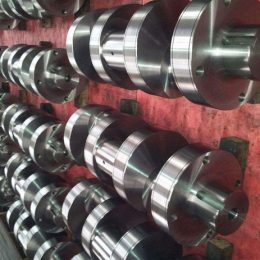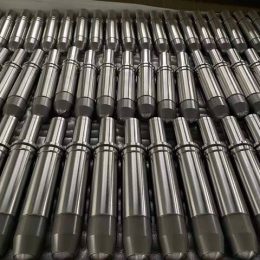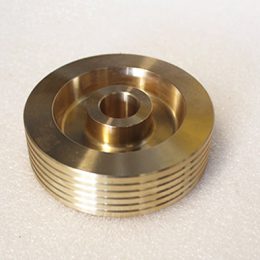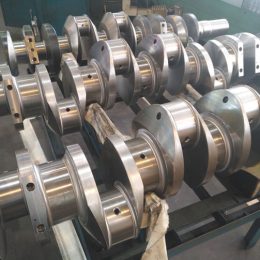Camshafts and Crankshafts Explained: A Comprehensive Guide
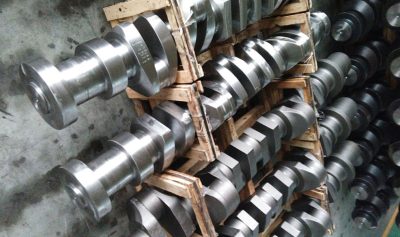
Before we dive into the specifics of camshafts and crankshafts, let’s first understand their role in an engine. Both components are critical to the engine’s operation and play a significant role in generating power. The camshaft controls the engine’s intake and exhaust valves’ opening and closing, while the crankshaft converts the piston’s up and down motion into rotational force that drives the wheels.
Camshaft Explained
Camshafts are long, cylindrical shafts with several lobes or cams protruding from them. These cams are responsible for opening and closing the engine’s valves in a precise sequence. The camshaft is connected to the engine’s crankshaft via a timing belt or chain, and as the crankshaft rotates, it drives the camshaft. The camshaft’s profile or shape determines when and how long the valves open, and this profile is critical to the engine’s performance.
There are two types of camshafts – overhead camshaft (OHC) and pushrod camshaft. In OHC engines, the camshaft is located in the cylinder head, while in pushrod engines, the camshaft is located in the engine block. OHC engines are more efficient and powerful than pushrod engines, but they are also more complex and expensive to manufacture.
Crankshaft Explained
The crankshaft is the engine’s primary rotating component and is responsible for converting the piston’s up and down motion into rotational force. It is a long, cylindrical shaft with several offset journals where the connecting rods attach. As the piston moves up and down, it pushes the connecting rod, which rotates the crankshaft. The crankshaft’s counterweights balance the rotating mass, reducing vibrations and ensuring smooth engine operation.
The crankshaft is usually made of forged steel, which is strong and durable, allowing it to withstand the high stresses and temperatures of engine operation. It is a precision-machined component, with the journal and bearing surfaces ground to exacting tolerances for optimal performance.
Camshaft vs. Crankshaft
While the camshaft and crankshaft are two separate components, they are interdependent and work together to power the engine. The camshaft controls the valve opening and closing, while the crankshaft converts this reciprocating motion into rotary motion. The camshaft and crankshaft timing are critical, and any deviation from the manufacturer’s specifications can cause engine performance issues.
Conclusion
In conclusion, camshafts and crankshafts are critical components in every combustion engine. They work together to generate power and ensure the engine’s smooth operation. Understanding their construction and function is essential for every car enthusiast and mechanic. If you’re looking to upgrade your engine’s performance, upgrading the camshaft and crankshaft is an excellent place to start.
